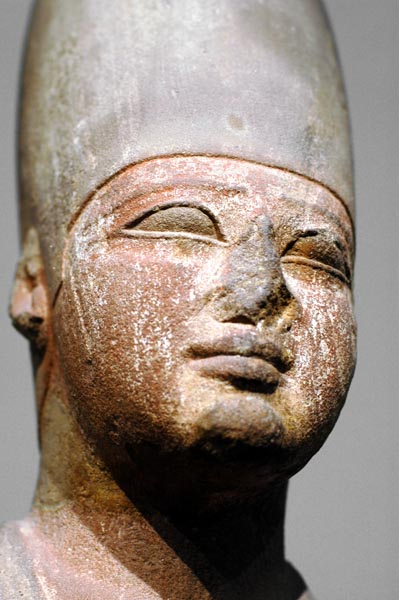
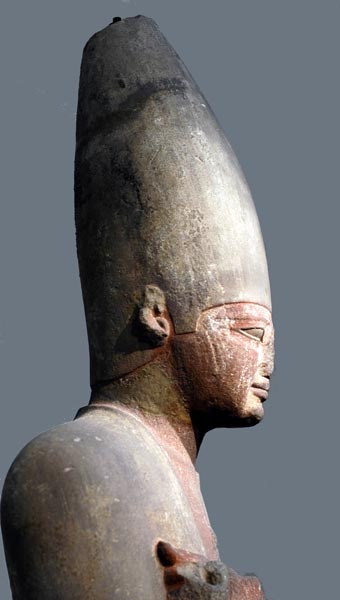
Sandstone royal statue in the pose of Osiris, from Armant (south of Thebes), originally dating to Montuhotep III (Sankhkare, ruled 2004-1992 BC, 11th Dynasty) and restored by Merenptah (Baenra, ruled 1213-1203 BC, 19th Dynasty). The statue shows the king as Osiris. The statue was one of eight and was painted red (for the face and hands) and white for the attire. Originally it had a beard and carried two items in it's hands (probably the crook and flail).
The inscriptions reads: The perfect god who does what is beneficial in the house of his father Montu, ruler of Hermonthis, King of Upper and Lower Egypt, Ba-En-Re, son of Re, Merenptah, contented in truth given life forever.
Armant is the ancient Greek settlement of Hermonthis, but the history of the city much predates that. Located a little over 12 miles south of Thebes and it thrived during the Middle Kingdom and was enlarged during the 18th Dynasty with the construction of huge temples (now gone). Cleopatra VII made it the capital of the surrounding nome and the city continued to do well into the beginnings of the Christian era. Today, nothing is left of Cleopatra's Temple, as it was used for materials to build a 19th century sugar refinery. The Temple dedicated to the god Montu still exists. Here, Montu is represented by the Buchis bull, which were buried in sacred vaults of the Bucheum near the Temple of Montu. In ancient times, Armant was part of the Palladium of Thebes, which was sacred land placed under the protection of Montu. This is an area consisting of Hermonthis, North Karnak, Medamud and Tod.
Montu, who we generally identify as an ancient war god in Egypt, actually originated in the form of a local solar god in Upper (southern) Egypt, apparently at Hermonthis (City of the Sun). His worship seems to have been exported to Thebes during the 11th Dynasty. Because of this god's association with the successful King Nebhepetre Montuhotep I or II who ruled during Egypt's 11th Dynasty, Montu (Mentu) achieved the rank of state god. Montuhotep I reunited Upper and Lower Egypt after the First Intermediate Period. His association with Montu is obvious from his name, which means, Montu is satisfied. However, by the 12th Dynasty, Montu became subordinated to Amun. It was during this period that Montu's role in Egyptian religion took on the true attributes of a war god.
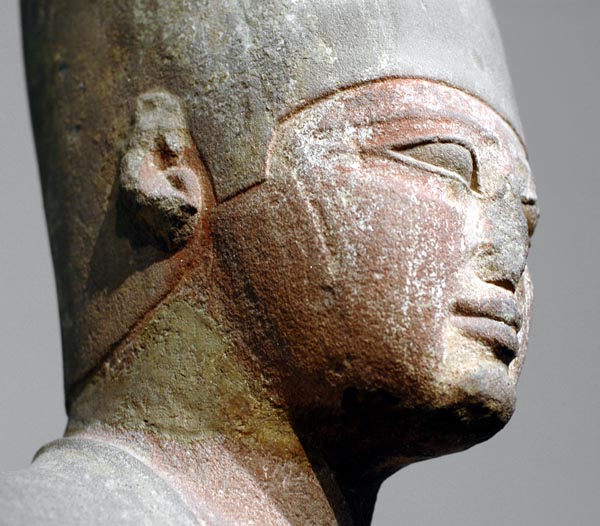


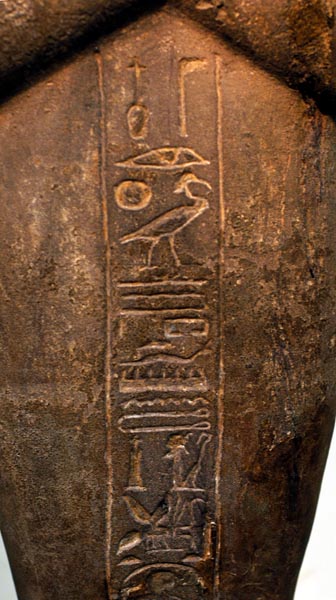
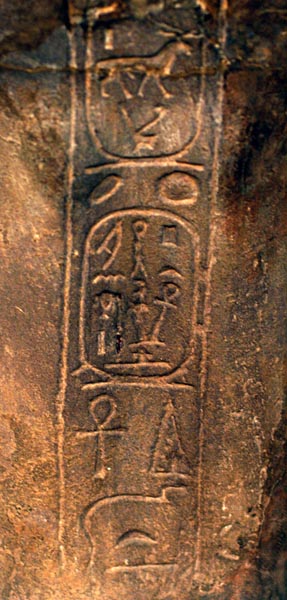
Boston Museum of Fine Art.